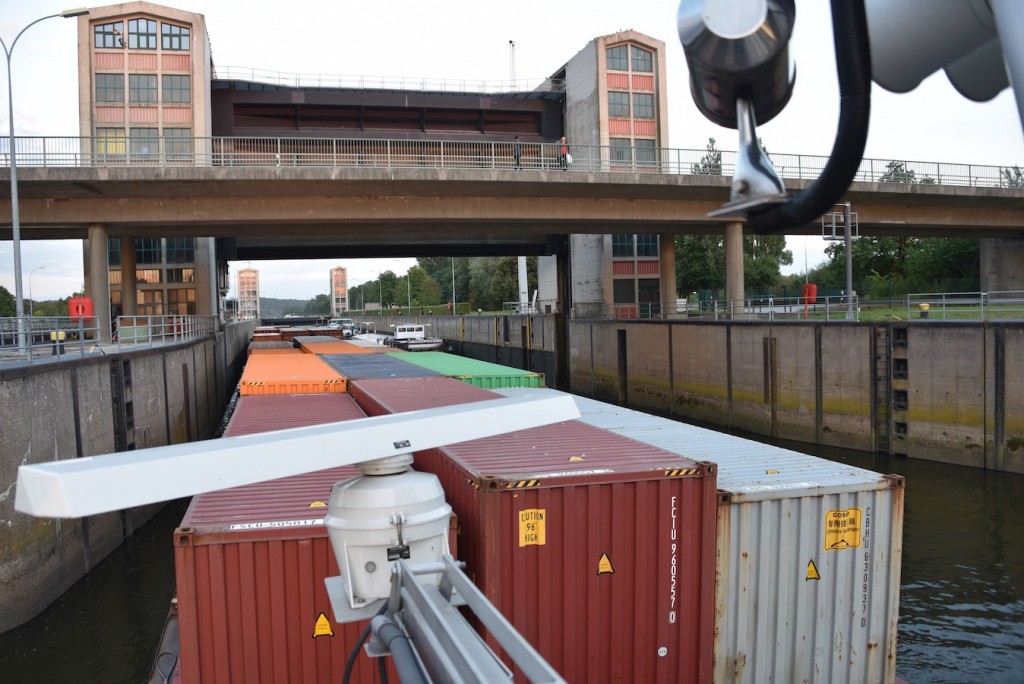The transport of containers by barge from and to the Port of Hamburg is picking up speed. Contrary to the nationwide result with a decline of 4.1 percent, the Port of Hamburg recorded an increase of 13 percent in container transport by inland waterway vessel with 145,078 TEU in 2019.

This figure does not include the increased intra-port transhipment by barges in the Port of Hamburg. In 2019 that was more than 170,000 TEU. These container transports within the port replaced a total of around 120,000 truck transports and are a good example of a successful modal shift in freight transport in the Hanseatic city.
HVCC also controls barges
In addition to the good development of the cargo handling for the hinterland of the Port of Hamburg, the improved integration of inland navigation into the port processes also played a role in the positive development. The Hamburg Vessel Coordination Center (HVCC) is also increasingly controlling the port rotations of barges in order to better coordinate them with the terminal procedures in Hamburg. The establishment of a barge platform opens further opportunities for coordinated action by all players involved in the port.
“Container transport by barge plays an important role in the modal split of the modes of transport for the port of Hamburg in seaport hinterland traffic and port transhipment. The barge is also of great importance for the transport of particularly heavy and bulky cargo as well as for all types of bulk commodities. The barge can compensate changes in the loading mix very well”, explains Ingo Egloff, Executive Board Member of Port of Hamburg Marketing.









